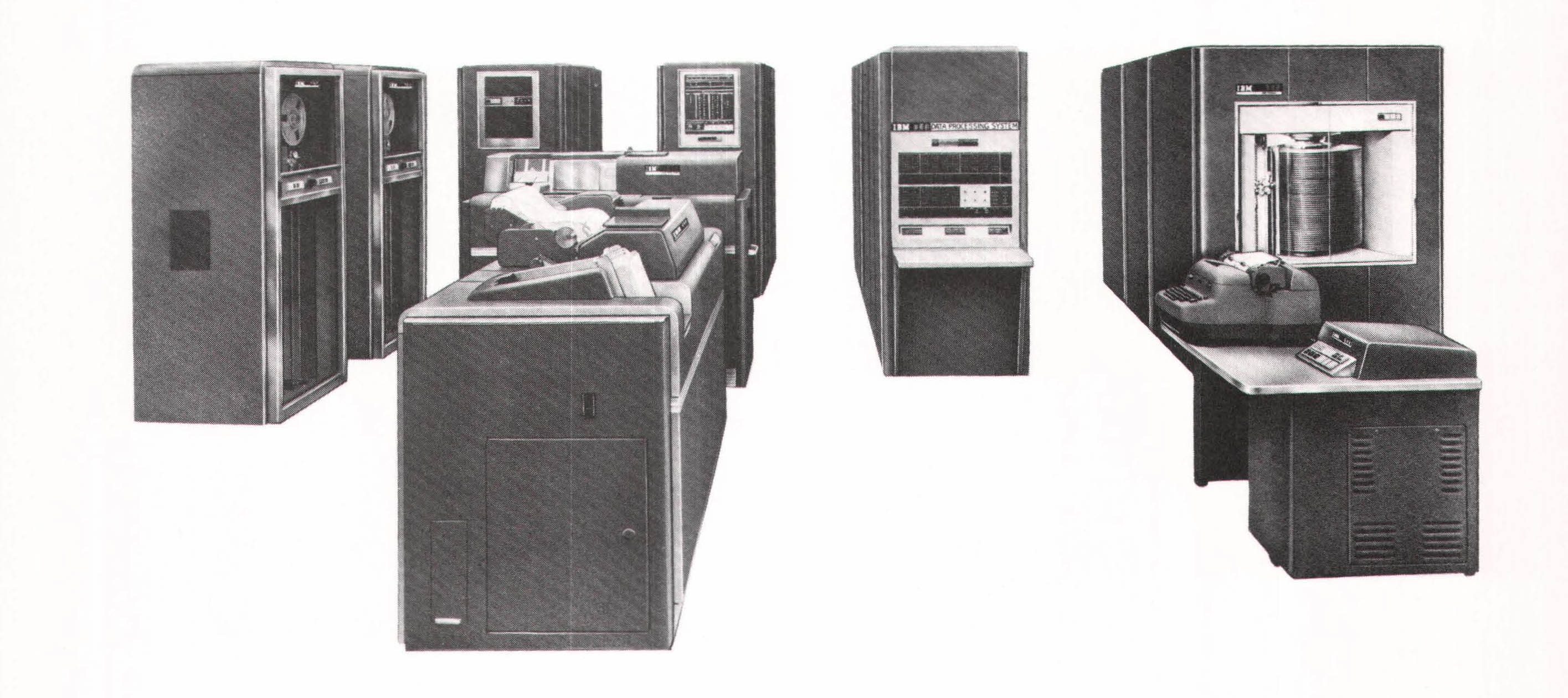In 1952, while the IBM 701 was under construction, Cuthbert C. Hurd, the mathematician who ran the firm’s applied science department, proposed the development of a medium-sized computer that would rent for $3,000 to $4,000 a month. His department, which had representatives in IBM sales offices throughout the United States and Europe, received many requests for such a machine. IBM’s Washington Federal Office, which managed the company’s government accounts, estimated that it could place at least fifty computers with the military’s various supply services, which were buried in paperwork. But Hurd’s suggestion sparked a fierce debate at IBM. As he wrote years later:
The opposition within IBM to this idea was even stronger than the opposition prior to the decision to build the 701. Roberts, Bury, and Rubidge [in the product planning department] continued to make statements such as, “You can never sell a machine that rents for more than $1,000 a month, except to scientists.” People from the engineering and product planning departments were arguing for the development of more powerful punched-card machines. At a week-long engineering meeting at the Harriman estate, the debate continued without resolution 20 hours a day.
But the old guard couldn’t have been more wrong. Determined to keep the company moving into computers, Tom Junior overruled the objections and decided to proceed. The next step was to decide how many machines to make, a question that was normally settled by agreement between several departments. Again, the old guard was uncooperative. “The market forecast procedure,” wrote Hurd, “consisted of obtaining forecasts from the sales, product planning, and applied science departments. Roberts, Bury, and Rubidge said that the forecasts from sales and product planning were zero because the machine we had in mind could not be produced for $1,000 a month, and therefore no customers would buy it other than the kinds who had bought the 701.”
Hurd’s department, then, was the only one that was willing to make a forecast, and he called for a production run of 250 machines and a rental rate of $3,250 to $3,750 a month. (The rate depended on whether the machine contained 1,000 or 2,000 words of external magnetic-drum storage). In July 1953, Hurd ‘s medium-sized machine, the IBM 650, was announced. Salesmen started taking orders, and the first 650 was delivered in December 1954.

Inexpensive, practical, reliable, the 650 turned out to be exactly what the market needed, and it was a runaway success. The 650 was the Model T of the computer industry – the first mass-produced computer. By December 1955, 120 of these machines had been installed and another 750 had been ordered. Fifteen hundred were manufactured by the time the model was phased out in 1969. The punch card side of the company was beginning to fade away.
Meanwhile, IBM also was gearing up for SAGE, the largest computer project of the decade, and continuing to turn out large computers in the style of the 701. Between 1955 and 1956 IBM introduced three new computers: the business-oriented 702, a marriage of the 701 and the tape-processing machine IBM had designed for the Social Security Administration; the 705, the 702’s successor and the first commercial computer with magnetic-core memories; and the scientific 704, the 701’s successor and the first computer with a bona fide computer programming language (which we’ll discuss in a moment). About one hundred 704s and 705s were produced altogether. By 1956, IBM was no longer a tabulator company but the world’s largest and most profitable computer manufacturer, building the machines by the hundreds.